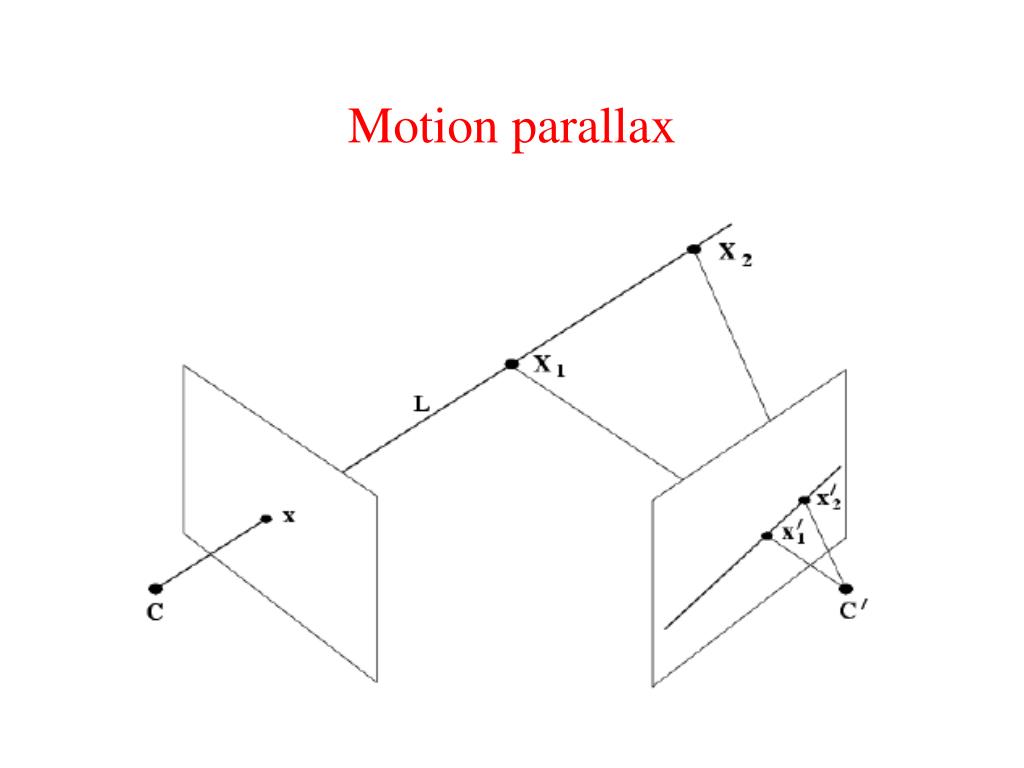

But in fact, we know, the real speeds are the same. Because of the big distance, we feel like the plane moves very slow. When we see a plane in the sky, the distance between us and the object is a lot farther than what it is when we are in the plane. Assuming that the real flying speeds are the same when it is nearly to land and during the landing period. So we feel like the objects move so fast because of the small distance. We can just assume it as we are near to the objects because motions are all relative. In the example above, when I sit in the plane, objects on the ground are near to me. It is what we always refer to as the object moving near us seems to move faster than the object moving farther from us. Motion parallax is a monocular depth cue arising from the relative velocities of objects moving across the retina of a moving person. The experiences showed above can be illustrated by a psychology concept called motion parallax. (That is even the slowest speed during the whole flight because it is only the beginning) Through the fast moved trees and buildings on the ground, I get to know how fast the plane was moving.

An important step in understanding the visual mechanisms serving the perception of depth from motion parallax. The motion/pursuit ratio represents a dynamic geometric model linking these two proximal cues to the ratio of depth to viewing distance. During the take off and landing processes, I looked outside the window. The perception of unambiguous scaled depth from motion parallax relies on both retinal image motion and an extra-retinal pursuit eye movement signal. Soon after that, I had a chance to travel by plane. Did you say that planes are the fastest transportation in the world?” At the time my mother just told me that is because the planes are too far from us. I asked my mother:”Why is the plane flying so slowly? I think I can run even faster than the plane. Each time I stood on the balcony, I can see planes flying through the sky. © 2013 Federation of European Neuroscience Societies and Blackwell Publishing Ltd.When I was young, I always went to my grandparents’s home playing, which is near the airport.
MOTION PARALLAX PLANE CODE
A simple system is proposed whereby the relative activity in 'near', 'far' and 'on' populations could code depth through motion parallax in a metameric manner similar to that employed to code color vision and stereopsis. Furthermore, some of these neurons preferred backward motion in the visual field and others preferred forward motion, suggesting that they may separately code visual objects 'nearer' and 'farther' than the stabilised ('on') plane during forward translational motion. Their neural responses to these two superimposed planes were facilitated above those produced by a single plane of moving dots and those produced by two layers moving in the same direction. Two large overlapping planes of random dots moving independently were used to simulate motion parallax, in which one with larger dots was moved fast and the other with smaller dots was moved slowly in the opposite direction. Using standard electrophysiological techniques and computer-generated stimuli, we show that some of these flow-field neurons in the pretectal nucleus lentiformis mesencephali in pigeons appear to be processing motion parallax. From their response characteristics, shared frame of reference with the vestibular or inertial system, and anatomical connections, these neurons have been implicated in the stabilisation of retinal images, the control of posture and balance, and the animal's motion trajectories through the world. In the visual system of invertebrates and vertebrates there are specialised groups of motion-sensitive neurons, with large receptive fields, which are optimally tuned to respond to optic flow produced by the animals' movement through the 3-D world.


 0 kommentar(er)
0 kommentar(er)
